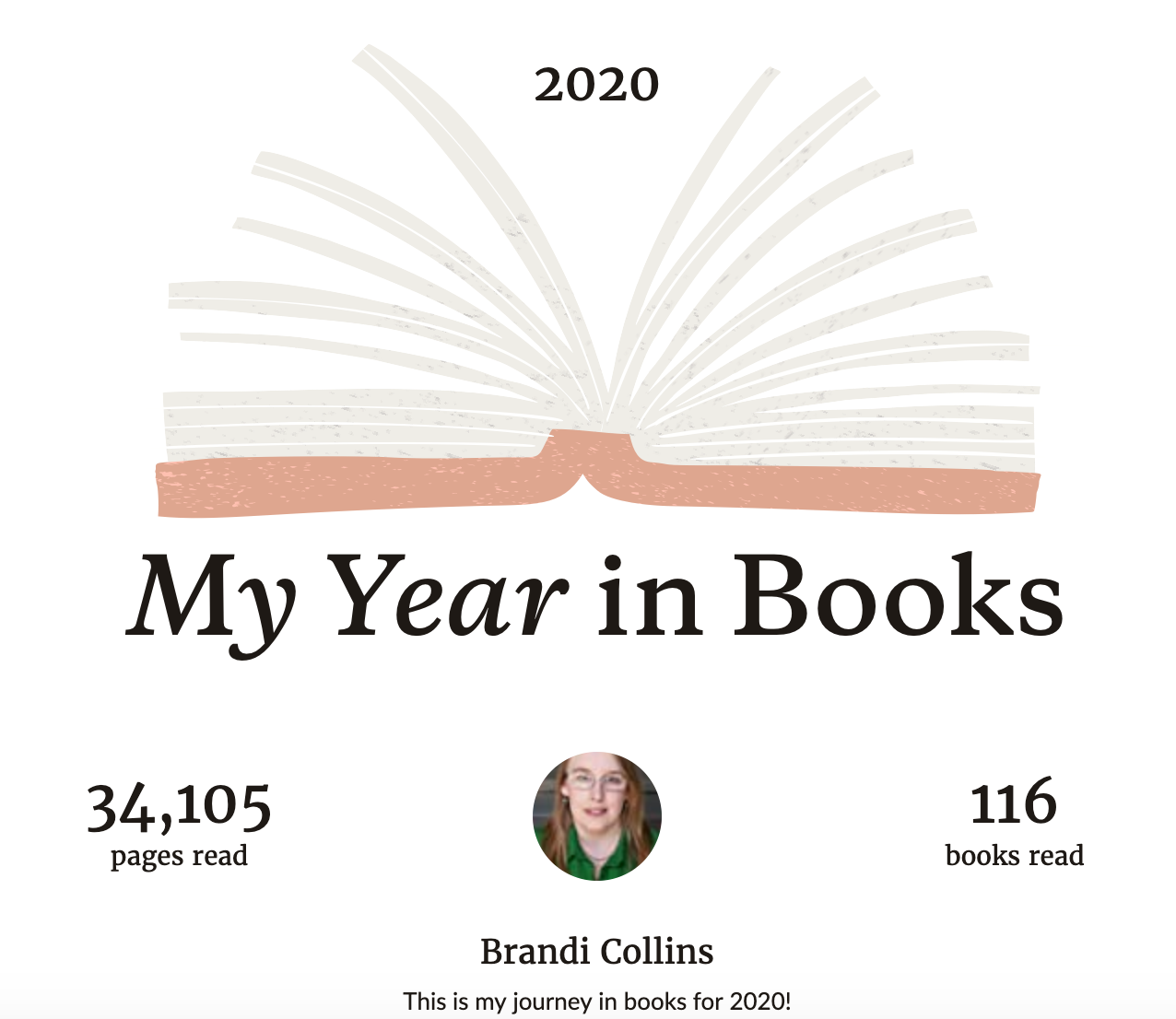
Self-editing a Story: What it Takes
Independent publishing takes perseverance, time, guts, and high self-esteem. It also takes money if you need to hire people for services such as book file setup, cover creation, and editing.
I’m fortunate that I work as a professional editor in my day job and that I have graphic design experience. Because of these skills, I am better equipped than some indie authors when it comes to setting up my own book files and creating my own covers.
Editing is a HUGE step in publishing a novel. Reader reviews can be brutal, and nothing spells amateur quite like publishing a book full of grammatical errors and typos. Of course, no one is perfect. Even major publications will have typos. It’s just inevitable. Thankfully, there are tools and strategies to help. I shared them on my publishing website in this self-editing overview.
To edit your own story, you have to be the reader and the editor over being the writer. Get ruthless and honest about your work to make it better. If something doesn’t make sense to you, then it won’t make sense to readers.
In the end, after you’ve read your work multiple times, you just have to be done with it. Will there always be things you could have done better? Sure, but picking your story to death for years won’t accomplish anything. Doing so will slow down your progress. If you catch a blatant error later on, of course, you should fix it, but don’t go looking for errors after your final edits, or you’ll drive yourself mad.
Each story you write and edit will make you a better writer and editor. I hope this post gave some insight to curious readers or to other writers who wanted tips.
-Brandi Easterling Collins
Header graphic Designed by makyzz / Freepik




